Ready to embark on a cosmic adventure? The National Aeronautics and Space Administration (NASA) is seeking volunteers for a special mission to the Red Planet. That’s right, you can now potentially go live on Mars, or at least, a very close version of it.
Last Friday (February 16), NASA announced that it was seeking applicants to participate in its next simulated one-year Mars surface mission to help gather information that will be useful for planning actual human missions to the real Mars in the future.
This is the second of three missions that are part of the agency’s CHAPEA (Crew Health and Performance Exploration Analog) missions. CHAPEA’s assignments are ground-based simulations designed to replicate the challenges of a real mission to Mars.
NASA is seeking volunteers for a one-year fake Mars mission to gather data for future human missions to the real planet
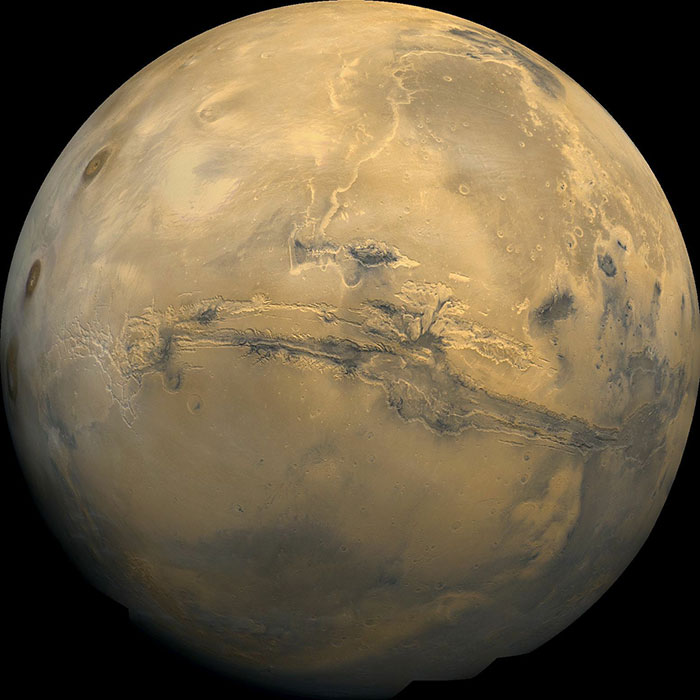
Image credits: NASA
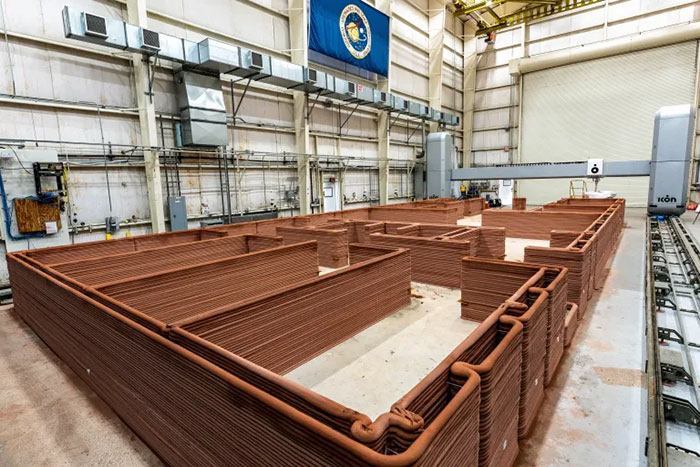
Image credits: NASA
The second CHAPEA mission will involve a four-person volunteer crew living and working inside a 1,700-square-foot habitat called the Mars Dune Alpha, located at NASA’s Johnson Space Center in Houston, Texas, and has been scheduled for spring 2025.
Moreover, the fake Mars will consist of a habitat that is 3D-printed and meant to mimic the conditions and challenges astronauts would face on the real planet, such as limited resources, equipment failures, communication delays, and other environmental stressors. The crew of volunteers will also perform various tasks, including simulated spacewalks, operating robots, maintaining the habitat, exercising, and growing crops.
The mission replicates Martian challenges and involves a four-person crew living in a 3D-printed habitat
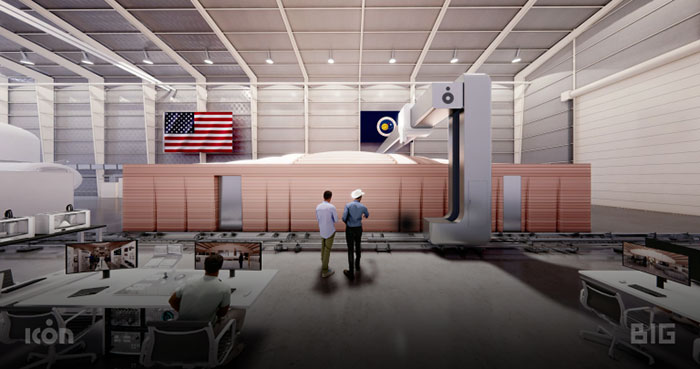
Image credits: NASA
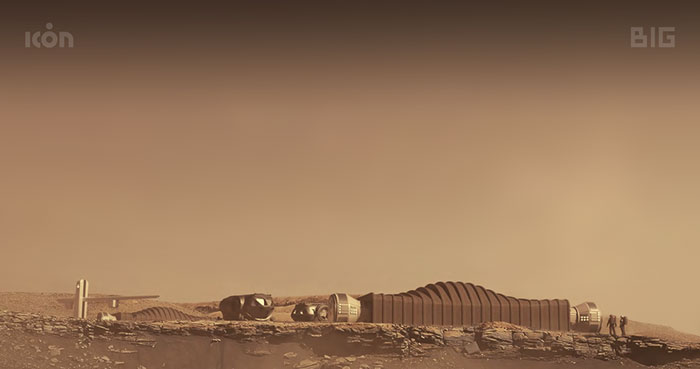
Image credits: NASA
Do you think you have got what it takes to live on the Red Planet imitation? Well, as per the agency itself, there are some conditions required in order to be selected for this special galactic mission.
NASA is looking for healthy, motivated U.S. citizens or permanent residents who are non-smokers, 30-55 years old, and proficient in English for effective communication between crewmates and mission control, the agency wrote in an official release. Additionally, applicants are asked to have a “strong desire for unique, rewarding adventures and interest in contributing to NASA’s work to prepare for the first human journey to Mars.”
You can read NASA’s call for volunteers on X (formerly known as Twitter) below:
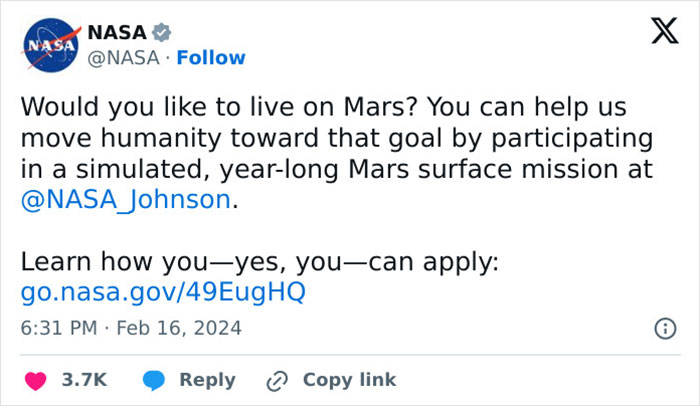
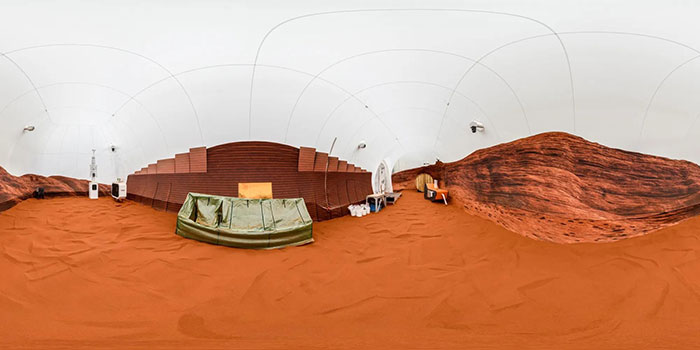
Image credits: NASA
More so, all applicants must meet NASA criteria for astronauts in order to be considered for the crew selection process. Specifically, candidates must have a master’s degree in a STEM field, such as engineering, mathematics, biology, physics, or computer science from an accredited institution. Alternatively, they should have at least two years of professional STEM experience or a minimum of one thousand hours of piloting an aircraft.
The mission is slated for spring 2025, with applicants needing either a master’s degree in STEM or significant STEM experience
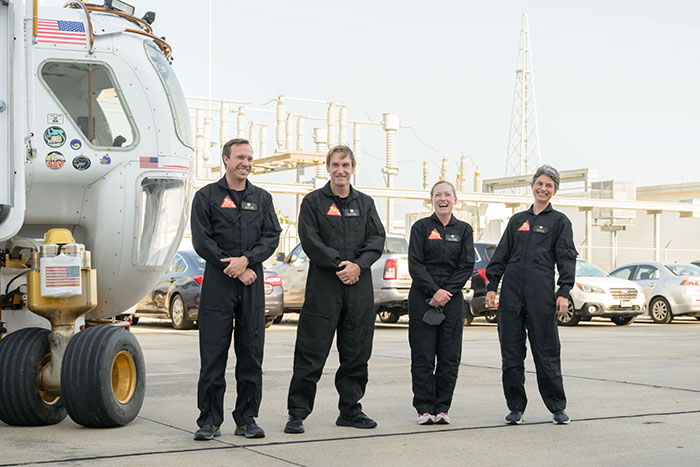
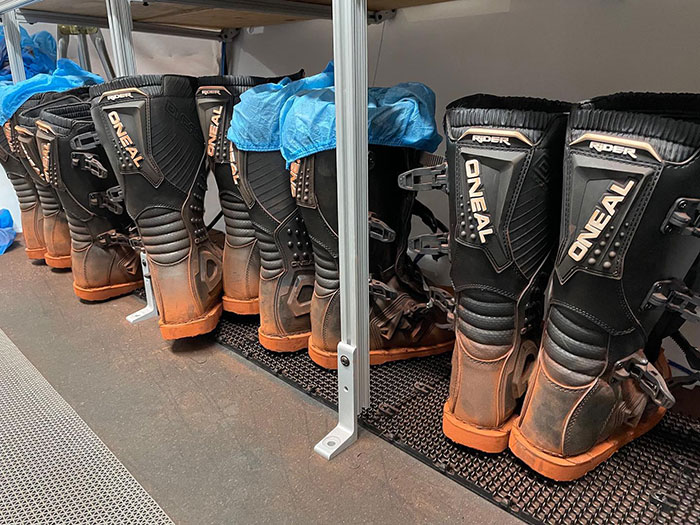
Image credits: teague1926
Should you still be interested in the mission despite not meeting the criteria, you do have until Tuesday, April 2, 2024, to get your degrees and cosmic skills sorted before applying.
Volunteers will still receive compensation, NASA stated; however, the exact nature of the benefits has yet to be announced, the agency revealed.
The mission is meant to mimic the challenges astronauts would face on Mars, such as limited resources and equipment failures
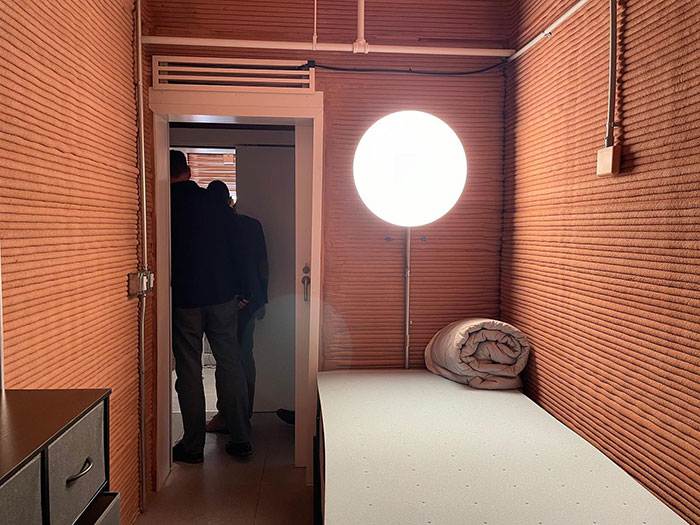
Image credits: teague1926
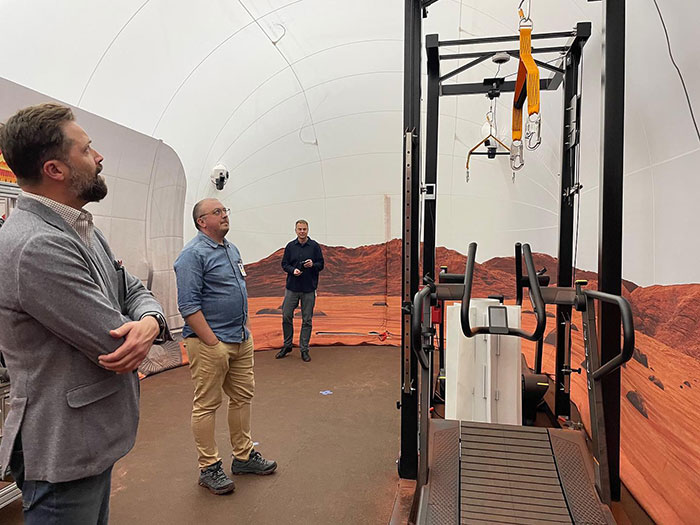
Image credits: teague1926
NASA has been working to establish a long-term presence for scientific discovery and exploration on the Moon through the Artemis campaign, a comprehensive program aimed at returning humans to the Moon, with the goal of establishing a sustainable presence there by the end of the decade.
In turn, CHAPEA missions provide further important scientific data to validate systems and develop solutions for future missions to the Red Planet. With the first CHAPEA crew and their first mission still underway, more than halfway through their year-long mission, NASA is using research gained through the simulated missions to help inform crew health and performance support during Mars expeditions.
You can watch a sneak peek of the simulated Mars habitat below:
This initiative aligns with Artemis. The agency stated: “Under NASA’s Artemis campaign, the agency will establish the foundation for long-term scientific exploration at the Moon, land the first woman, the first person of color, and its first international partner astronaut on the lunar surface, and prepare for human expeditions to Mars for the benefit of all.”
NASA has sent several devices to fly by Mars and rovers to explore its surface, but only robots, and, therefore, no humans, have been to Mars, which has 24.6 hour-days, called sols. A year on Mars takes 669.6 sols, CBS News reported.
Mars’ atmosphere includes carbon dioxide, nitrogen, and argon gasses, which create a hazy, dusty red sky. In addition, temperatures can reach 70 degrees Fahrenheit or go as low as -225°F (-142.78°C).
The mission sparked a lot of enthusiasm online
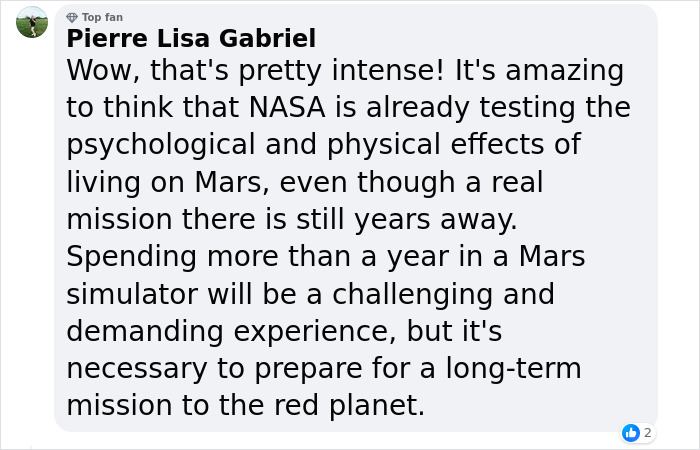
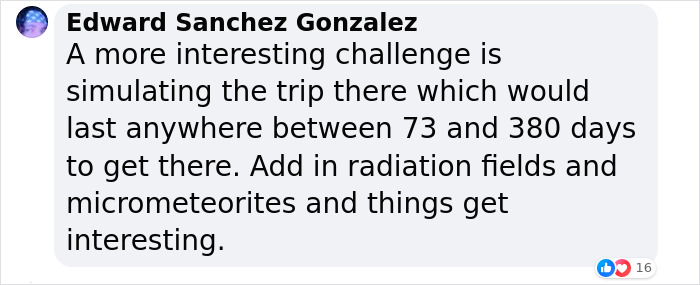




















 English (US) ·
English (US) ·